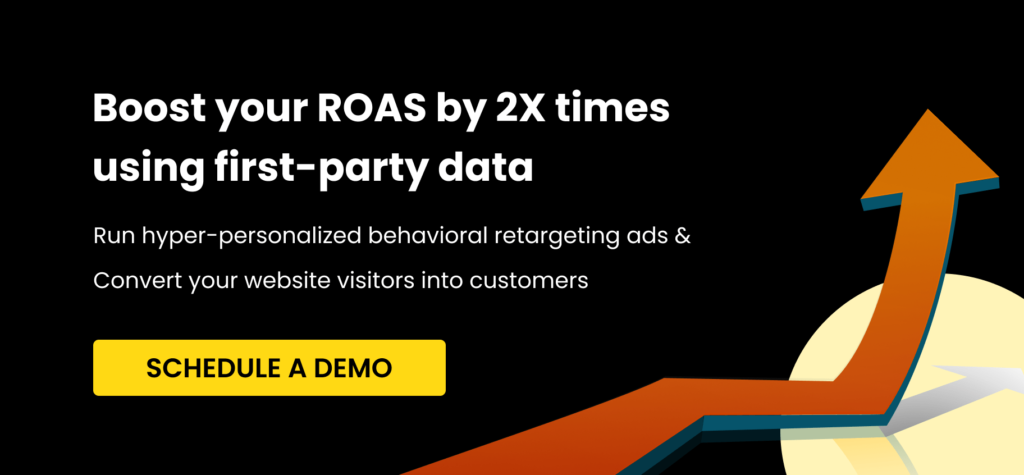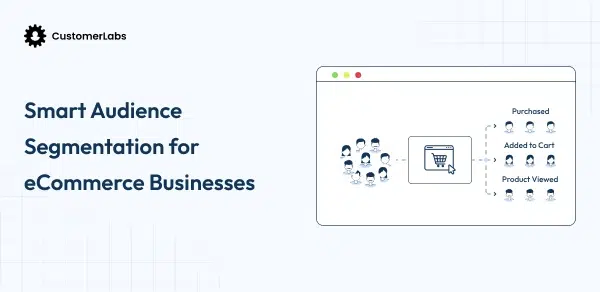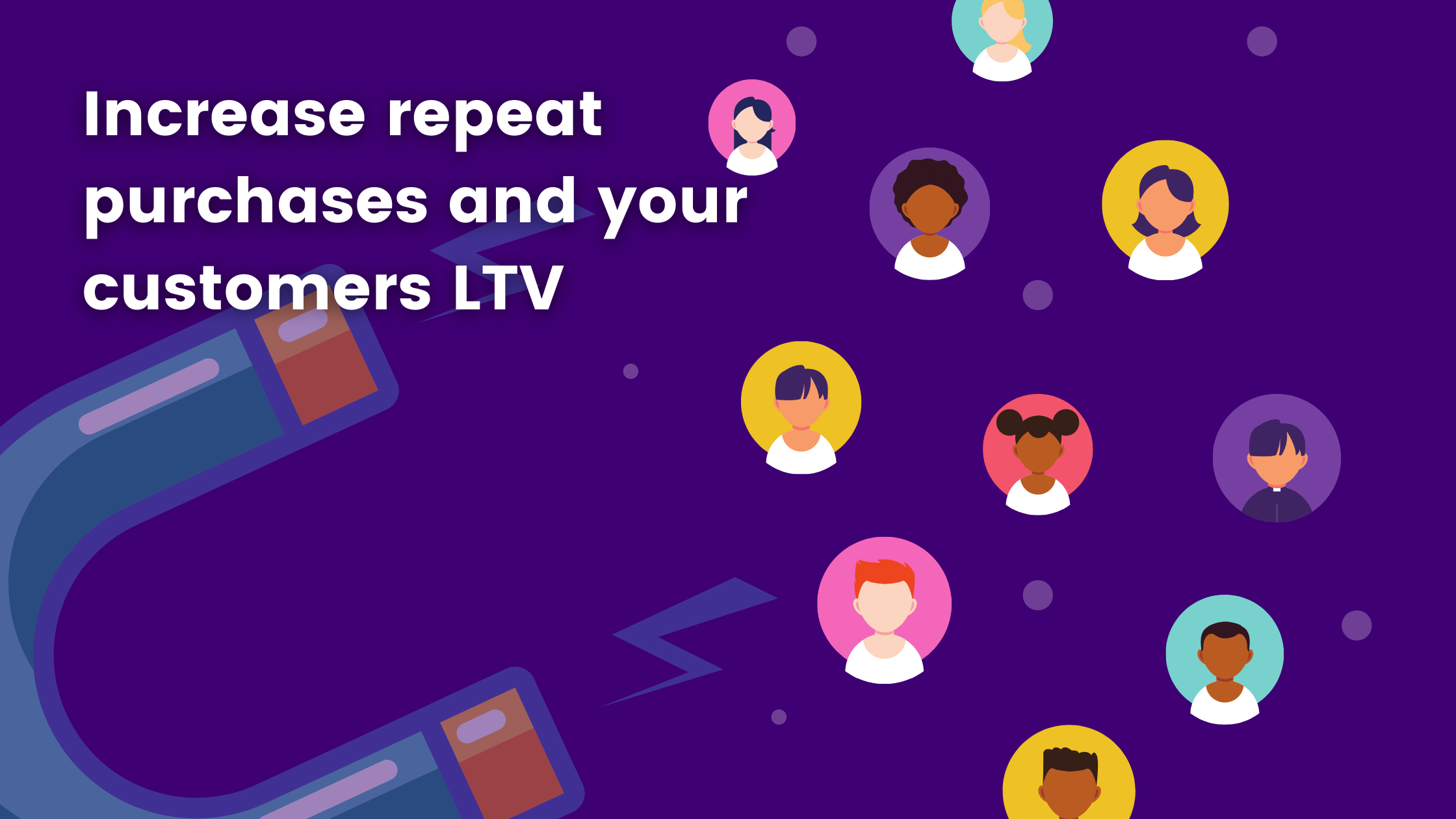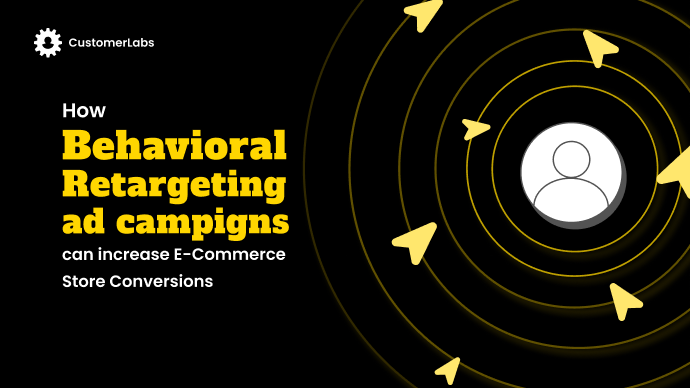
Is it time to say goodbye to infallible ad retargeting strategies? Maybe yes, if you aren’t ready to adapt the new strategies focusing on first-party data-based behavioral retargeting.
You can increase your Return on Ad Spend (ROAS) by 2-3X times with unerring behavioral retargeting strategies. We’ll show you how.
What is Behavioral Retargeting?
Behavioral retargeting is the art of understanding the users’ behavior and being able to retarget them using ad campaigns relevant to them.
How Behavioral Retargeting Worked before?
Facebook Pixel collects user identity and behavioral characteristics using third-party browser cookies when a user visits the website.
Meta, with its complex algorithms, matches the data sent by pixel with that available in its database to show the customers relevant ads.
For example, just a month before the user’s birthday, we can show them an ad that displays, “Birthday is coming, look like a princess – Check this beautiful white dress”
With behavioral advertising, the probability to convert the audience with personalized ads instead of a regular display ad is very high.
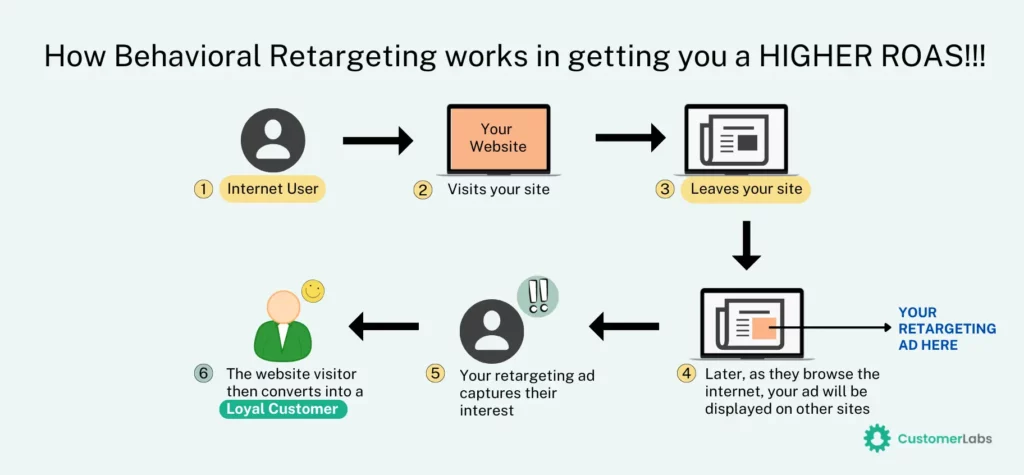
Sudden Fall in the Performance of Retargeting Ad Campaigns – The Cause & Effect
With more importance to user’s data privacy, several governments & firms have come up with laws and regulations regarding data collection/usage.
To name a few,
- GDPR/CCPA
- Apple iOS 14.5 & above updates
- Phasing out of third party cookies from web browsers – in progress
- No more Google’s advertising ID
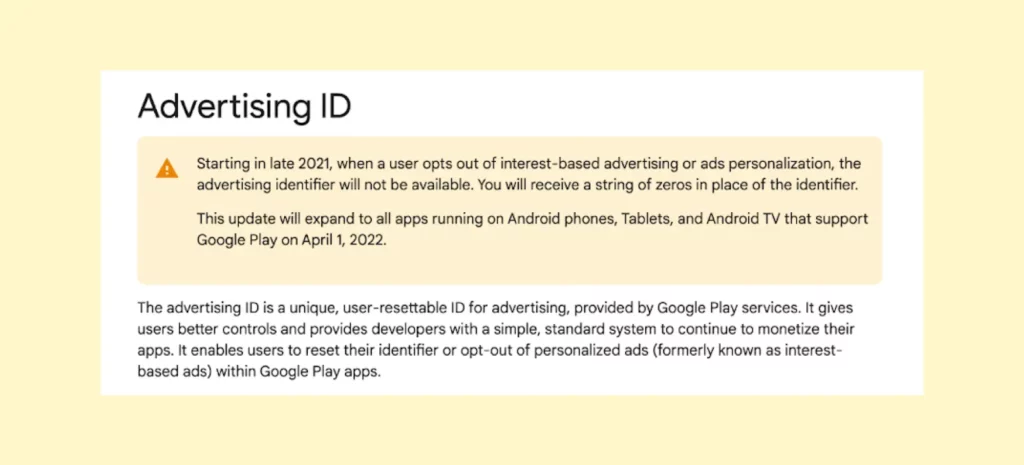
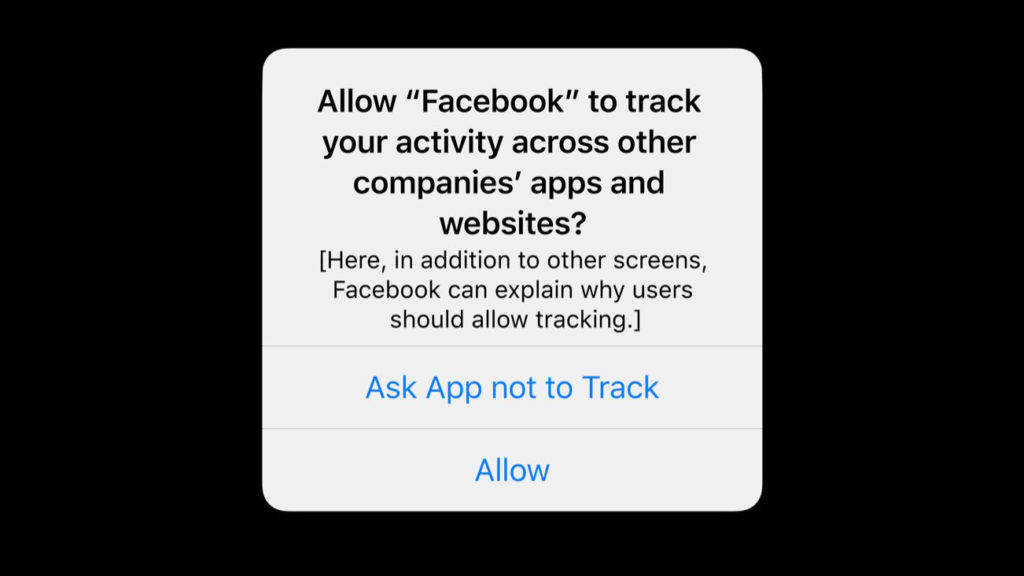
All of the above cause lesser data available to Meta and Google affecting the performance of behavioral retargeting ad campaigns.
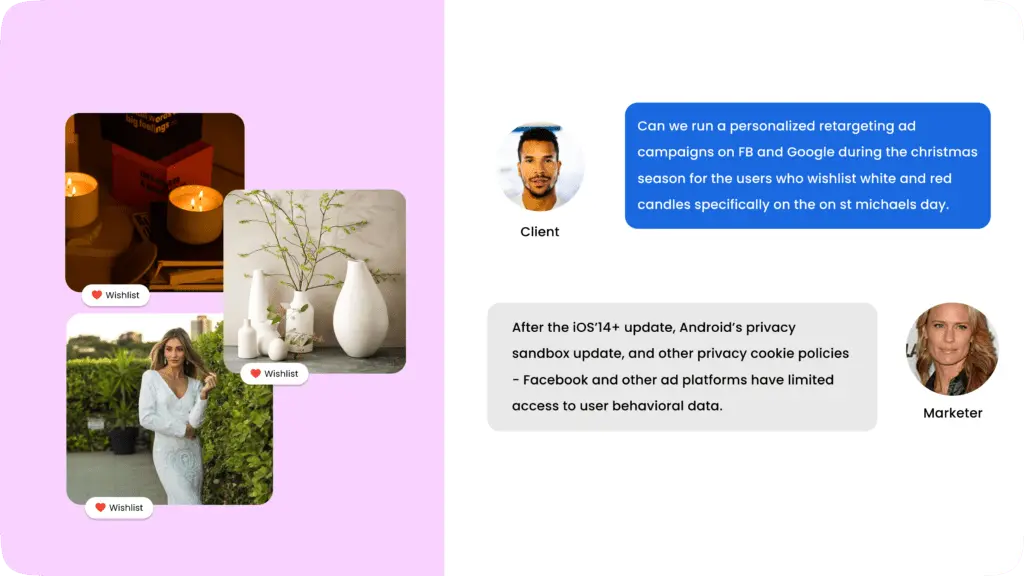
For most businesses, the effect of the privacy updates is evident with a drastic decline in match rates.
How to comply with Privacy Updates and yet provide users with better personalized ads?
Here’s What Google & Facebook Say
Google and Facebook have emphasized time & again to provide first party data to run ads. It is pretty much clear that they are prioritizing first party data. But why?
First party data will help their algorithms improve user experience by understanding user behavior as it is the data provided by users themselves.
From a survey by BCG, it is evident that First-party data can help increase your revenue by 2X times.

If informed of the usage, people are ready to share their data. This makes it easier to collect first party data.
With more first-party data, you can achieve higher ROAS using ad personalization by running the best Facebook retargeting ads.
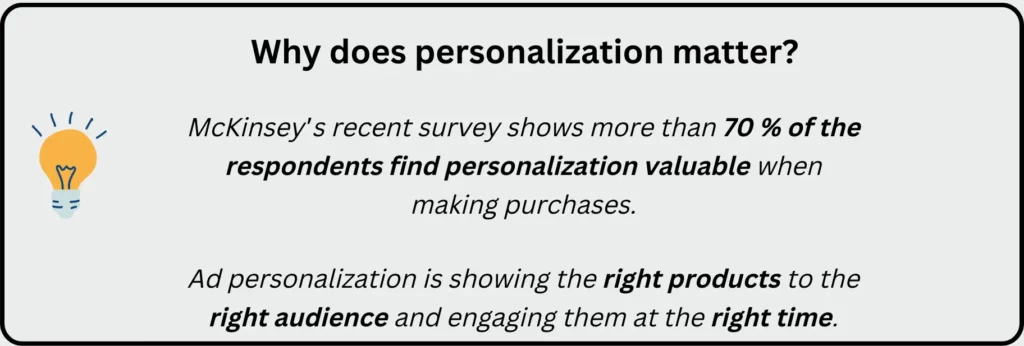
Double your Ad Campaign Performance with First Party Data – The Savior
You can collect your first-party data from various sources – your website, online surveys, newsletters, offline store visits, etc., and then sync it with ad platforms to segment and run personalized ads.
However, with the ad platforms, there is a problem with audience segmentation.
Limitations of Audience Segmentation with Meta
Meta’s default audience segments are not equipped to create high-performing hyper-personalized ad campaigns.
You realize there are only limited default audience segments and they are:
- Page view
- Added to cart
- Added to wishlist
- People who visited specific pages
These segments do not help run hyper-personalized ads. Thus, behavioral retargeting campaigns fail to achieve the maximum ROAS possible.
Advanced Audience Segmentation: Solution to Increase ROAS
With CustomerLabs, you can perform advanced audience segmentation of your data overcoming the limited audience segmentation offered in Meta ads manager to run the best Facebook retargeting ads.
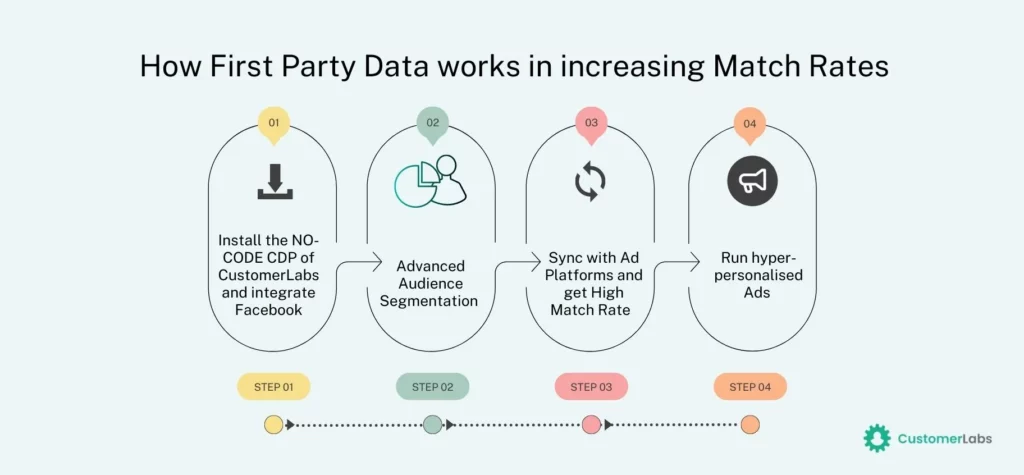
Few of the e-commerce advanced audience segments you can have with us are:
- Added to cart but not purchased within last 28 days
- Viewed a specific product for more than 2 times
- Cart abandoned for more than 30 days
You can seamlessly integrate and sync your segments with various destinations including ad platforms using CustomerLabs 1PD Ops. Therefore you can run the best Facebook retargeting ads & Google retargeting ads.
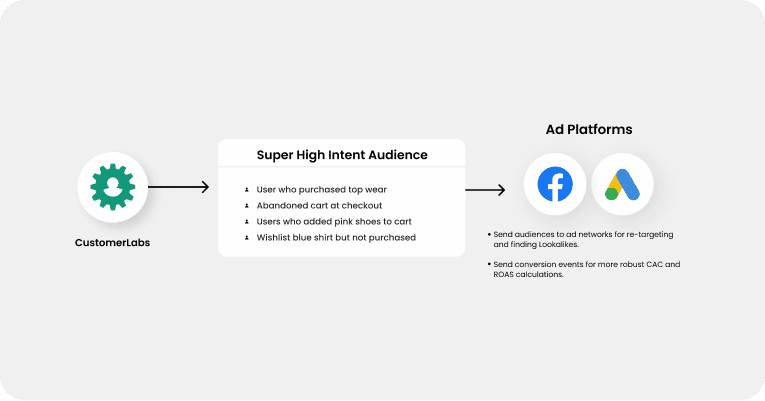
This helps you achieve higher ROAS as the users see highly-personalized ads pointing them back to the website to make a purchase.
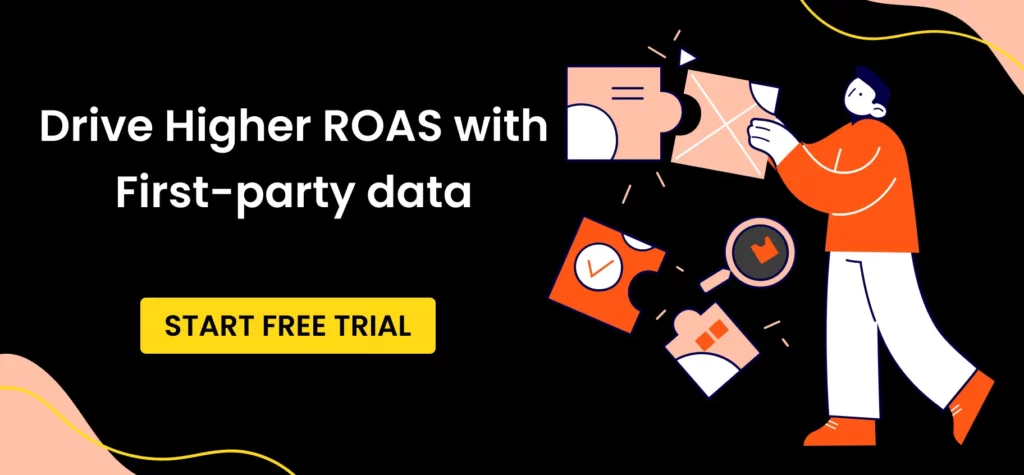
How Micro-segments can Help eCommerce Businesses
Micro segments created from the huge audience size provide detailed user behavior, and these user intent signals are synced with ad platform algorithms to increase the ad reach.
Some of the micro segments you can consider having in your list are
- Viewed a specific product for more than 2 times and Added to cart but not purchased within last 28 days
- Added to wishlist but not purchased in the last 15 days
- Abandoned the cart for more than 365 days
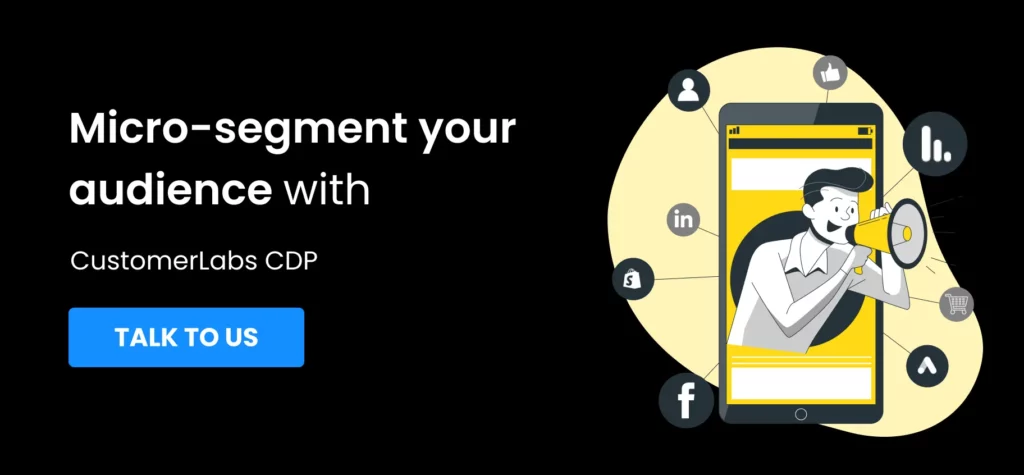
How India’s leading fashion brand W for Woman implemented advanced audience segmentation:
W for Woman knows the strategy, but a collection of first-party data and advanced audience segmentation was missing to enhance their ad campaign performance based on user behavior.
W for Woman achieved a startling 30% increase in ROAS using behavioral retargeting ad campaigns post-privacy updates
With CustomerLabs, they have run high-performing hyper-personalized behavioral advertising campaigns which became the best Facebook retargeting ads.
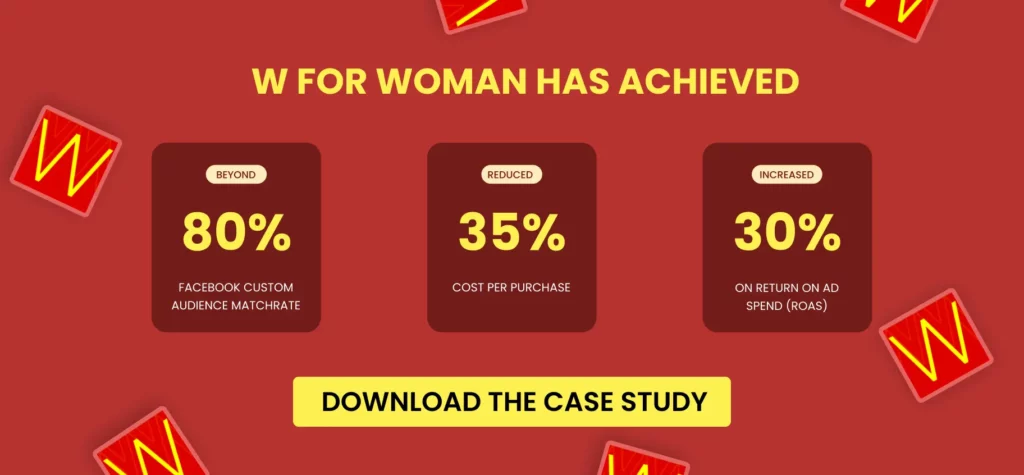
How behavior targeting improves Upselling & Cross-selling
Cross-selling
After adding to the cart, if you already have user behavior, you can show the customer other related products increasing the total cart value. For example, when you go to Mcdonalds’ after you finalize your order, the person suggests coke and french fries. This is cross-selling.

Up Selling
Whereas on the other hand, if McD offers you the option to go for a combo offer that would include the product you purchased along with others, that is called upselling. In the same example, if Mcdonalds’ suggests a meal combo that includes a burger, french fries, and coke when you order only a burger, it is called up-selling.

Would you like to have fries with your burger and shall I replace the medium coke with a large one?
~ McD
Behavioral Retargeting: Key to Personalized Marketing
To conclude, first-party data, along with advanced audience segmentation, comes to you as a savior in the future era of cookieless marketing to run behavior-based retargeting ad campaigns.
Collect the first party data to understand your customers’ behavior and retarget them with personalized ads to drive higher ROAS.
